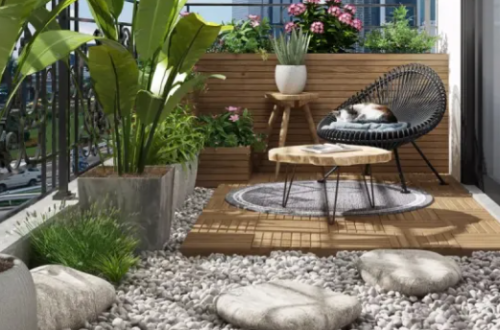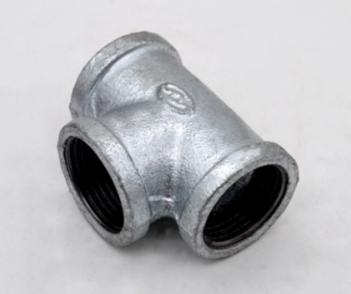How do B036 3-C Disposable Bagasse Box compare to compostable plastic plates in terms of environmental impact?
When comparing B036 3-C Disposable Bagasse Boxes to compostable plastic plates in terms of environmental impact, several factors need to be considered:
-
Raw Material Source:
- B036 Disposable Bagasse Boxes are made from bagasse, a by-product of sugarcane processing. Bagasse is a renewable resource that does not require additional cultivation or extraction.
- Compostable plastic plates are typically made from plant-based materials such as cornstarch or PLA (polylactic acid) derived from corn or other crops. While these materials are renewable, they may still require intensive agricultural practices and land use.
-
Biodegradability:
- B036 Disposable Bagasse Boxes are biodegradable and compostable, meaning they can break down into organic matter when disposed of properly in composting facilities.
- Compostable plastic plates are also biodegradable and compostable under the right conditions. However, they may require specific industrial composting facilities to degrade fully, and they may not break down as effectively in home composting systems.
-
Environmental Impact of Production:
- The production process for bagasse boxes typically involves minimal energy and water consumption compared to the production of compostable plastic plates. Bagasse is a by-product of sugarcane processing, so its production does not require additional resources specifically for box manufacturing.
- Compostable plastic plates may require energy-intensive processes for converting plant-based materials into plastic resin and molding them into plates. Additionally, the cultivation of crops for PLA production may have environmental impacts such as water usage, pesticide use, and land conversion.
-
End-of-Life Management:
- B036 Disposable Bagasse Boxes can be composted along with organic waste in commercial composting facilities or home composting systems. When composted, they break down into organic matter, contributing to soil health and nutrient cycling.
- Compostable plastic plates may require specific composting conditions to biodegrade effectively, and they may not fully break down in conventional landfill environments. If not composted properly, they may contribute to plastic pollution and environmental harm.
Overall, while both B036 3-C Disposable Bagasse Box and compostable plastic plates offer alternatives to traditional plastic packaging, bagasse boxes generally have a lower environmental impact due to their renewable raw material source, biodegradability, minimal production requirements, and compatibility with composting systems. However, the environmental impact can vary depending on factors such as production practices, end-of-life management, and local infrastructure for composting and waste management.



